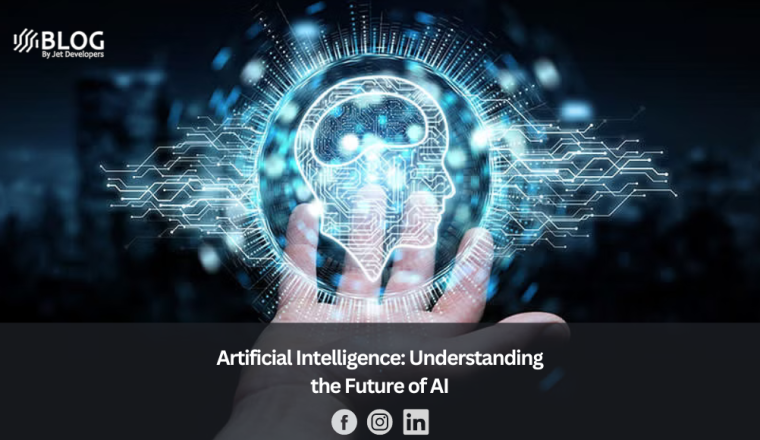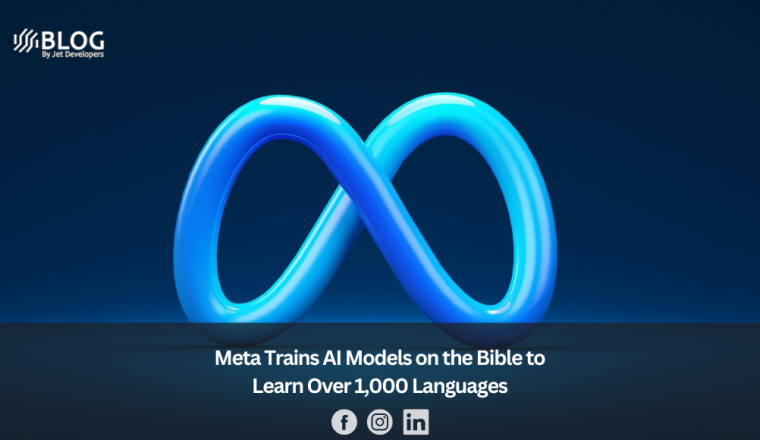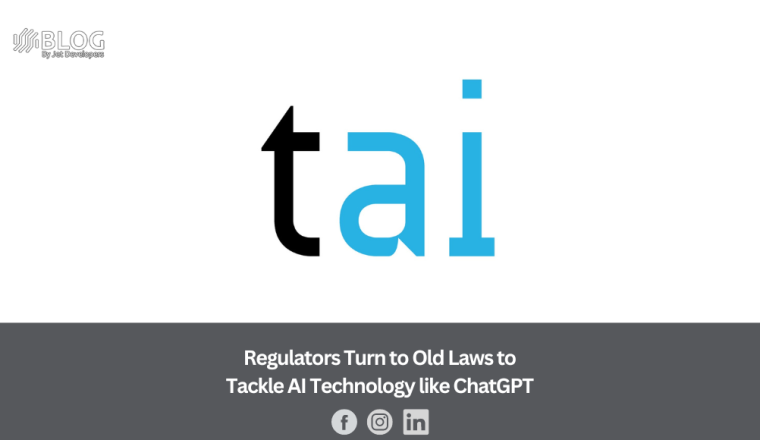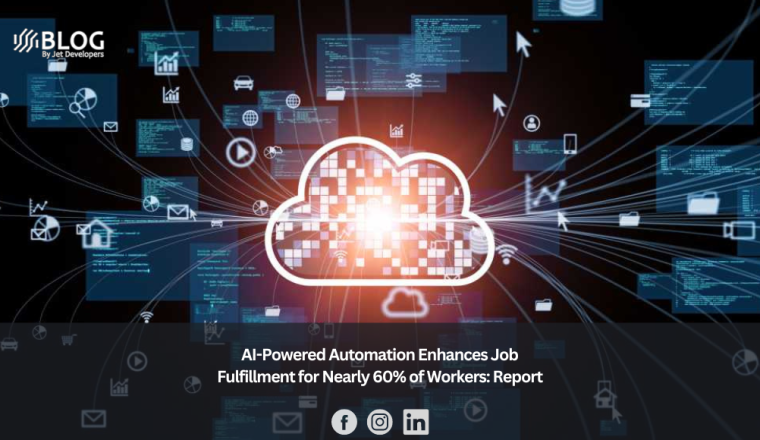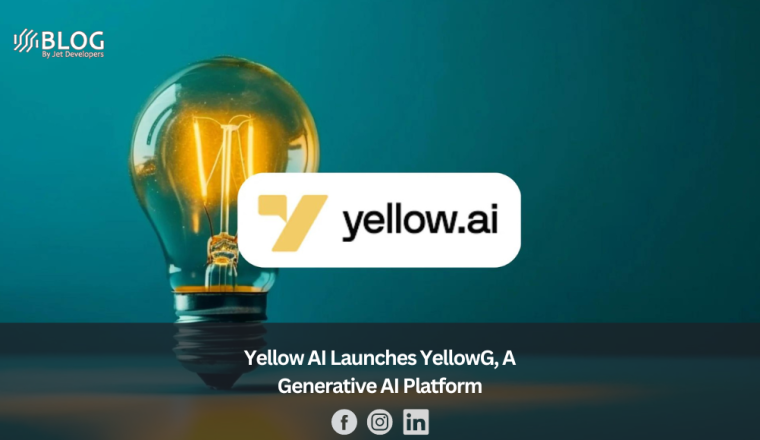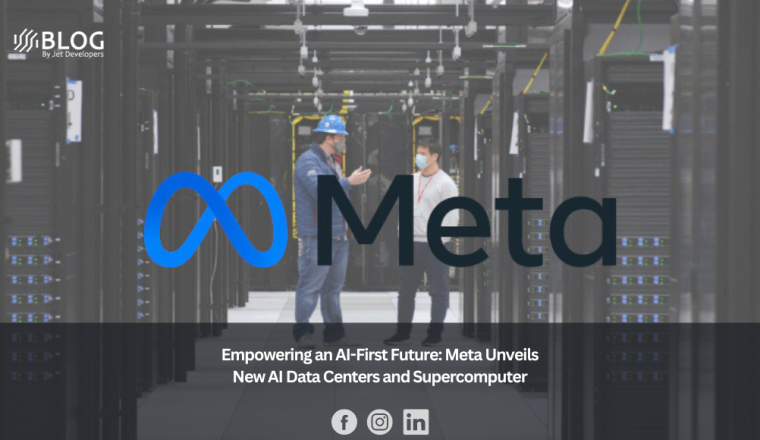Artificial Intelligence: Understanding the Future of AI
Artificial Intelligence (AI) has come a long way in the past few decades, and we now live in a world filled with exciting AI technologies.
Specialized algorithms and machine learning techniques have been developed to process vast amounts of data and make predictions based on patterns. We have also seen the emergence of AI chatbots like ChatGPT, smart home devices, virtual assistants like Siri, Google Assistants, and many more.
But here’s the thing: AI is still pretty limited. It can only do what we humans tell it to do, and it’s not great at handling tasks it hasn’t seen before.
That’s where artificial general intelligence (AGI) would come in – it would be like the superstar of the AI world. AGI would be the type of AI that can learn and reason like we humans do, which means it would have the potential to solve complex problems and make decisions independently.
Imagine having an AI system that can actually figure things out independently – now that’s something worth getting excited about!
While AGI is still in its early stages of development, it has the potential to revolutionize numerous industries, including healthcare, finance, transportation, and manufacturing. With AGI, medical research could lead to more accurate diagnoses and personalized treatments, while transportation systems could become more efficient and safer, leading to fewer accidents and less road congestion.
In this article, we will delve into the fascinating world of artificial general intelligence. We’ll explore its history, its potential impact on society, and the ethical and regulatory implications of its use.
What is artificial general intelligence (AGI)?
Artificial general intelligence (AGI) is a theoretical form of AI that can learn and reason like humans, potentially solving complex problems and making decisions independently. However, definitions of AGI vary as there is no agreed-upon definition of human intelligence. Experts from different fields define human intelligence from different perspectives.
However, those working on the development of AGI aim to replicate the cognitive abilities of human beings, including perception, understanding, learning, and reasoning, across a broad range of domains.
Unlike other forms of AI, such as narrow or weak AI, which are designed to perform specific tasks, AGI would perform a wide range of tasks, adapt to new situations, and learn from experience. AGI would reason about the world, form abstract concepts, and generalize knowledge from one domain to another. In essence, AGI would behave like humans without being explicitly programmed to do so.
Here are some of the key characteristics that would make AGI so powerful:
- Access to vast amounts of background knowledge: AGI would tap into an extensive pool of knowledge on virtually any topic. This information would allow it to learn, adapt quickly, and make informed decisions.
- Common sense: AGI would understand the nuances of everyday situations and respond accordingly. It could reason through scenarios that have not been explicitly programmed and use common sense to guide its actions.
- Transfer learning: AGI could transfer knowledge and skills learned from one task to other related tasks.
- Abstract thinking: AGI could comprehend and work with abstract ideas, enabling it to tackle complex problems and develop innovative solutions.
- Understanding of cause and effect: AGI would be able to anticipate the outcomes of its decisions and take proactive measures to achieve its goals by understanding and using cause-and-effect relationships. This means that it could predict the consequences of its decisions and take proactive measures to achieve its goals.
The main difference between AGI and other forms of AI is the scope of their capabilities. While other forms of AI are designed to perform specific tasks, AGI would have the potential to perform a wide range of tasks, similar to humans.
The history of AGI
The quest for AGI has been a long and winding road. It began in the mid-1950s when the early pioneers of AI were brimming with optimism about the prospect of machines being able to think like humans. They believed that AGI was possible and would exist within a few decades. However, they soon discovered that the project was much more complicated than they had anticipated.
During the early years of AGI research, there was a palpable sense of excitement. Herbert A. Simon, one of the leading AI researchers of the time, famously predicted in 1965 that machines would be capable of doing any work a human can do within twenty years. This bold claim inspired the creation of the infamous character HAL 9000 in Arthur C. Clarke’s sci-fi classic 2001: A Space Odyssey (and the movie version by Stanley Kubrick).
However, the optimism of the early years was short-lived. By the early 1970s, it had become evident that researchers had underestimated the complexity of the AGI project.
Funding agencies became increasingly skeptical of AGI, and researchers were pressured to produce useful “applied AI” systems. As a result, AI researchers shifted their focus to specific sub-problems where AI could produce verifiable results and commercial applications.
Although AGI research was put on the back burner for several decades, it resurfaced in the late 1990s when Mark Gubrud used the term “artificial general intelligence” to discuss the implications of fully automated military production and operations. Around 2002, Shane Legg and Ben Goertzel reintroduced and popularized the term.
Despite renewed interest in AGI, many AI researchers today claim that intelligence is too complex to be completely replicated in the short term. Consequently, most AI research focuses on narrow AI systems widely used in the technology industry. However, a few computer scientists remain actively engaged in AGI research, and they contribute to a series of AGI conferences.
The potential impact of AGI
Picture this: a world where machines can solve some of the most complex problems, from climate change to cancer. A world where we no longer have to worry about repetitive, menial tasks because intelligent machines take care of them and many higher-level tasks. This, and more, is the potential impact of AGI.
The benefits and opportunities of AGI are endless. With its ability to process large amounts of data and find patterns, AGI could help us solve problems that have long baffled us. For instance, it could help us develop new drugs and treatments for chronic diseases like cancer. It could also help us better understand the complexities of climate change and find new ways to mitigate its effects.
AGI could also improve human life in countless ways. Automating tedious and dangerous tasks could free up our time and resources to focus on more creative and fulfilling pursuits. It could also revolutionize industries such as transportation and logistics by making them more efficient and safer. In short, AGI can change our lives and work in ways we can’t imagine.
However, there are also risks and challenges associated with the development of AGI. One of the biggest concerns is the displacement of jobs, as machines take over tasks previously done by humans. This could lead to economic disruption and social unrest – or a world where the only jobs left were either very high-level or menial jobs requiring physical labor. There are also significant ethical concerns, such as the possibility of machine bias in decision-making and the potential for misuse of AGI by those with malicious intent.
Public figures, including Elon Musk, Steve Wozniak, and Stephen Hawking, have endorsed the view that AI poses an existential risk for humanity. Similarly, AI researchers like Stuart J. Russell, Roman Yampolskiy, and Alexey Turchin support the basic thesis of AI’s potential threat to humanity.
Sharon Zhou, the co-founder of a generative AI company, believes that AGI is advancing faster than we can process, and we must consider how we use this powerful technology.
There are also safety risks associated with AGI, particularly if it becomes more advanced than human intelligence. Such machines could potentially be dangerous if they develop goals incompatible with human values. For example, if it’s given the task of combating global warming and it decides the best way is to eliminate the cause – humans.
Therefore, it’s essential to approach AGI development cautiously and establish proper regulations and safeguards to mitigate these risks.
The ethics of AGI
As artificial general intelligence (AGI) continues to make strides, it’s becoming increasingly important to consider the ethical implications of this technology. One of the primary concerns is whether or not AGI can learn and understand human ethics.
One worry is that if AGI is left unchecked, machines may make decisions that conflict with human values, morals, and interests. To avoid such issues, researchers must train the system to prioritize human life, understand and explain moral behavior, and respect individual rights and privacy.
Another ethical concern with AGI is the potential for bias in decision-making. If the data sets used to train AGI systems are biased, the resulting decisions and actions may also be biased, leading to unfair treatment or discrimination. We are already seeing this with weak AI. Therefore, ensuring that the data sets used to train AGI are diverse, representative, and free from bias is crucial.
Furthermore, there is the issue of responsibility and accountability. Who will be held accountable if AGI makes a decision that harms humans or the environment? Establishing clear guidelines and regulations for developing and using AGI is crucial to ensure accountability and responsibility.
The issue of job displacement is another concern with AGI. As AI becomes more intelligent, it will take over tasks previously done by humans, leading to job displacement and economic disruption.
Regulation and governance will play a critical role in ensuring responsible AI. Governments and organizations must work together now to establish ethical guidelines and standards for the development and use of AGI. This includes creating mechanisms for accountability and transparency in machine decision-making, ensuring that AGI is developed unbiased and ethically, and establishing safeguards to protect human safety, jobs, and well-being.
The future of AGI
The future of AGI development is a topic of much debate and speculation among experts in the field. While some believe that AGI is inevitable and will arrive sooner rather than later, others are skeptical about the possibility of ever achieving true AGI.
One potential outcome of AGI development is the creation of Artificial Super Intelligence (ASI), which refers to an AI system capable of surpassing human intelligence in all areas. Some experts believe that once AGI systems learn self-improvement, they can operate at a rate humans cannot control, leading to the eventual development of ASI.
However, there are concerns about the potential implications of ASI for society and the workforce. English physicist and author Stephen Hawking warned of the dangers of developing full artificial intelligence, stating that it could spell the end of the human race, as machines would eventually redesign themselves at an ever-increasing rate, leaving humans unable to compete.
Some experts, like inventor and futurist Ray Kurzweil, believe that computers will achieve human levels of intelligence soon (Kurzweil believes this will be by 2029) and that AI will then continue to improve exponentially, leading to breakthroughs that enable it to operate at levels beyond human comprehension and control.
Recent developments in generative AI have brought us closer to realizing the vision of AGI. User-friendly generative AI interfaces like ChatGPT have demonstrated impressive capabilities to understand human text prompts and answer questions on a limitless range of topics, although this is still all based on interpreting data that has been produced by humans. Image generation systems like DALL-E have also upended the visual landscape, generating realistic images just from a scene description, again, based on work by humans.
Despite these developments, AGI’s limitations and dangers are already well-known among users. As a result, AGI development will likely continue to be a hotly debated topic, with significant implications for the future of work and society.
Conclusion
Artificial general intelligence (AGI) can potentially revolutionize the world as we know it. From advancements in medicine to space exploration and beyond, AGI could solve some of humanity’s most pressing problems.
However, the development and deployment of AGI must be approached with caution and responsibility. We must ensure that these systems are aligned with human values and interests and do not threaten our safety and well-being.
With continued research and collaboration among experts in various fields, we can strive towards a future where AGI benefits society while mitigating potential risks.
The future of AGI is an exciting and rapidly evolving field, and it is up to us to shape it in a way that serves humanity’s best interests.



